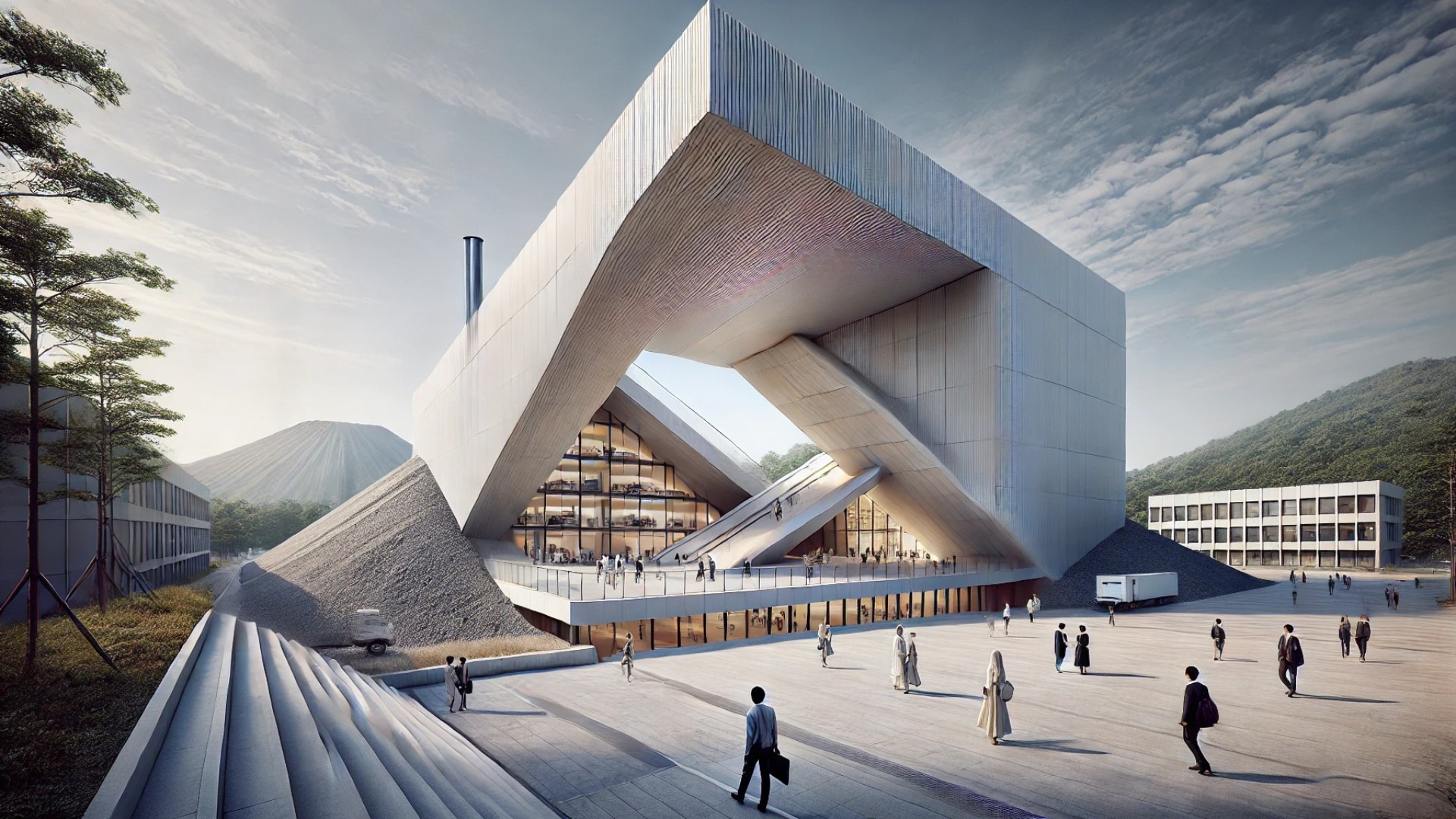
Bringing Lagos to Venice: Oshinowo Studio's Vision
In a remarkable initiative, Oshinowo Studio, based in Lagos, showcases its vibrant markets at the prestigious Venice Biennale 2025 with the exhibition titled 'Alternative Urbanism: self-organising markets of Lagos'. Curated by Carlo Ratti, this exhibit champions the dynamic informal markets of Lagos, such as Ladipo, Computer Village, and Katangua. The exhibition explores how these markets not only serve as commercial hubs but also as innovative examples of circular economy practices.
Challenging Preconceptions of African Urban Spaces
Founder Tosin Oshinowo emphasizes the intricate, factory-like processes within these markets that allow for the repurposing of materials into valuable consumer goods. In her exclusive interview with Designboom, she points out, “These markets don’t just work as places of commerce and exchange; they represent a fascinating sector of ingenuity, supported by community intelligence.” Her perspective shifts the narrative from one of deprivation to one of innovation and resilience, aiming to dispel voyeuristic portrayals of African economies.
A Visual Feast: Insights from the Exhibition
The exhibition includes immersive elements like films, photographs, and data visualizations, all crafted with care to present Lagos's markets as complex infrastructures operating on principles of sustainability. Unlike the cliched depictions that often characterize African spaces, Oshinowo's work provides a technical lens into these bustling ecosystems, showcasing their adaptability and ingenuity.
Lessons in Sustainability: What Lagos Can Teach Us
At the heart of Oshinowo's message is a powerful lesson: “We all can do more with less.” Each market’s unique ability to extend the life of products through a network of reuse and repair speaks volumes about sustainable living amidst global resource challenges. For affluent audiences, this redefinition of urban environments highlights how luxury can coexist with sustainability, encouraging property owners to rethink their spaces and practices.
The Power of Community in Urban Development
Each of the showcased markets represents a grassroots approach to urban living, untouched by colonial or imperial influence. Oshinowo articulates that these systems reveal how communities can function “at a sophisticated level,” often outside the bounds of traditional urban planning. With tragic economic factors like Nigeria's currency depreciation, these markets stand as vital testimonies of resilience and resourcefulness.
Conclusion: Elevating Local Knowledge to Global Stages
The work of Oshinowo Studio at the Venice Biennale not only elevates local material knowledge on an international platform but also serves as an inspiration to view urban futures through a lens of sustainable innovation. As we witness this transformative narrative unfold, property owners and design enthusiasts alike are encouraged to consider how they might incorporate such practices into their own endeavors, blending luxury with sustainability.
Explore the inspiring stories of artisans and their unique contributions to the architectural landscape. How can incorporating sustainable practices in your property processes lead to enhanced value and community engagement?
 Add Row
Add Row  Add
Add 

 Add Row
Add Row  Add Element
Add Element 




Write A Comment